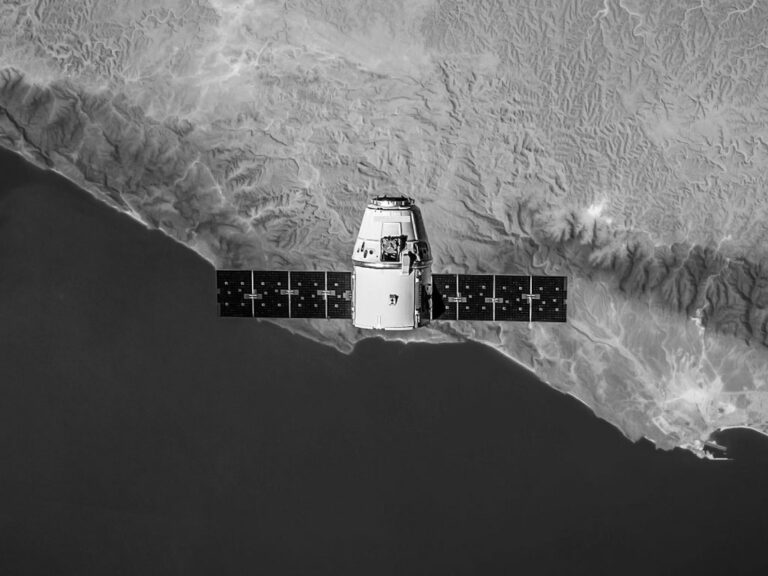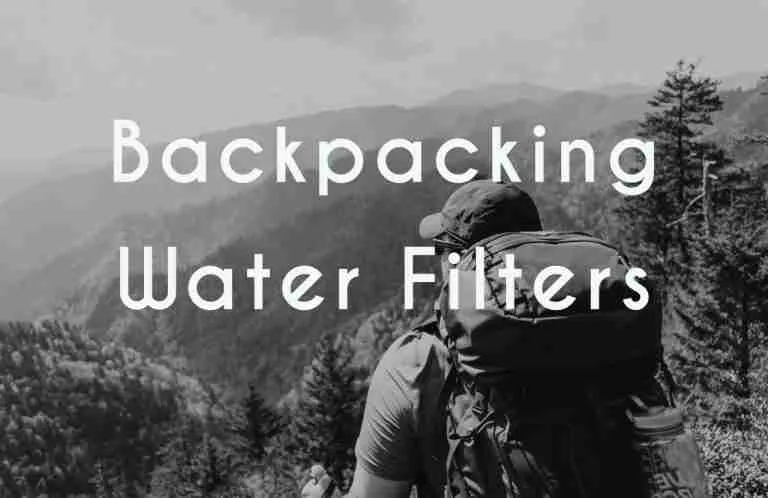Did you google “best one person tent for backpacking,” or maybe, “best one person tent under $200?”
Perhaps you are looking for a light and affordable tent for backpacking and quick bivies?
Our pick is not one of the tents you usually see in the top 10 lists like the Big Agnes or MSR Hubba Hubba.
Those are both great tents, but the increase in performance does not match the increase in price.
If you are looking for the best place to buy backpacking tents online, check out our guide to the best outdoor gear websites to find what you need.
The Best One Person Tent
The North Face Stormbreak 1, is our pick for the best one person tent.
The storm break is a solid performer with some desirable characteristics:
- Freestanding
- Polyester rainfly & body for superior water-resistance
- Light (2 lb 4.6oz/1.04 kg fastpack & 3 lb 1.4oz/1.4 kg trail weight)
- Affordable at $129
Personally, I used to work a job where we would have to carry 70 lb packs for days so every ounce counted. We had these tents and they withstood a beating season after season.
On long rotations, a coworker and I would share one tent to save weight. Although it was a bit snug (super snug), we slept foot-to-face without a problem.
I’ve been in these tents during a lightning fueled downpour on in an exposed alpine meadow with three people huddled together (one person halfway into the vestibule) and we came out just fine.

The Stormbreak might not be the most high-tech one person tent out there, but it is reliable and has everything you need at the right price.
If you want a slightly burlier version of the same tent, the Triarch 1 is like the Stormbreak on steroids.
The price tag is a bit higher, in the $328 range, but it comes with the waterproof footprint tarp, is lighter, and is far roomier and sturdier in inclement weather.
The only drawback, the rainfly is coated nylon instead of polyester.

Both of these tents used with a good sleeping bag and sleeping pad combo should get you through three seasons.
For the real cold weather, you are going to want an even more rugged tent.
Our suggestion, the legendary North Face Mountain 25 Tent.
Things To Consider When Buying A 1 Person Tent
For a technically simple piece of equipment, there are actually a lot of things to consider when looking for the best one-person tent for your next backpacking or trekking adventure.
One of the first choices you may be presented with when choosing a tent is freestanding vs non-freestanding.
This is a more common choice for single-person tents as non-freestanding tents or tarps are usually geared towards ultra-light travel.
The next important consideration is single-walled vs double-walled tents.
These are the two factors we will focus on in this article. Read more here if you want to learn everything you need to know about how to choose a backpacking tent.
Freestanding Or Not
The term ‘freestanding’ is a bit of misnomer when it comes to tents.
Freestanding means that the tent will stand up fully on its own once the poles are properly inserted.
All high-performance tents, however, will need to be staked out in order to get the maximum performance in windy or wet conditions.
Anything with a rain-fly (double-walled tents) or a vestibule will require being staked out to perform as intended.
The North Face Stormbreak is a freestanding tent.
An example of a non-free standing tent would be the Hyperlite UltaMid or Tarpent. These types of tents must be staked out by guy-lines in order to stay upright.
There are advantages and disadvantages to both freestanding and non-freestanding tents.
Freestanding Tents
When the weather is nice, with a freestanding tent you can simply plop it down, throw your backrest and sleeping bag in and you are good to go.
To be freestanding, a tent needs poles. As a result, freestanding tents might be heavier than their non-free standing peers.
If the wind picks up or rain is on the way, you are going to need to stake it out. In case you don’t already know, these are guy-lines and what we mean by ‘staked-out’.
In most cases, free-standing tents can be quickly and easily set up by one person without too much hassle.
Tents actually get a lot of their strength from the guy-lines. So a freestanding tent can be set up without them, but will be much stronger and weather resistant with the lines tied off correctly.
As a bonus, if you forget your guy-lines and stakes or they get lost or damaged, the tent will still function. In a big storm it might not hold up as well but you will still have a shelter.
Advantages of Free-Standing Tents
- Easy and quick to set up
- Don’t need to carry extra pieces if expecting mild weather
- Still function without guy-lines or being staked-out
Disadvantages of Free-Standing Tents
- Less strength than a fully staked tent
- Usually heavier due to required tent-poles
Non-freestanding Tents
A non-freestanding tent requires cords or guy lines and stakes to stay upright.
Non-freestanding tents may have one pole or more often they require the use of trekking poles as supports.
Once up and tied off properly, a non-freestanding tent can be very strong in heavy weather.
The caveat though, is that if you are out in the open, on a stone slab, or maybe in an arid area, you might not have enough rocks or trees to tie your lines off too.
Without being staked out and tied down these tents lose their shape and structure potentially making you more vulnerable to the elements.
Advantages of Non-Freestanding Tents
- Lighter
- Fast take down and easy packing
Disadvantages of Non-Freestanding Tents
- Cumbersome setup
- Difficult to set up alone
- Expensive
- Require staking and tying off of multiple lines
Double-Wall or Single-Wall
Many ultra-light tents are single-walled tents. This is especially true for non-freestanding tents.
Basically a single wall tent does not have a rainfly or an extra layer that you put over the main structure.

Having two walls or layers has a few important functions; it helps prevent moisture buildup inside the tent, improves heat retention, and usually means better water resistance during a storm.
With a double-walled 1 person tent like the North Face Stormbreak you can leave the rain fly (the outer layer or wall) off, reducing setup time and moisture buildup.
This gives you an optional tarp to use for whatever you want. Use it as a tarp over your cook area or maybe as a beach towel down by the creek.
Either way, having a double-walled tent gives you more options and more weather resistance.
Summary
When you are looking for the best 1 person tent for your next adventure you will need to decide between freestanding vs non-freestanding, as well as single-walled or double-walled.
Freestanding tents are easy to set up alone and don’t require as much staking out or tying off of guy-lines.
Single-walled tents will be lighter but less versatile and will generally not be as warm as a double-walled tent.
Our choice for the best double-walled one-person backpacking tent is the North Face Stormbreak 1 or the slightly roomier Marmot Tungsten.
If you decide on a single-walled style, we recommend the Hyperlite.
What style of tent do you prefer? What is your favorite one person tent?





